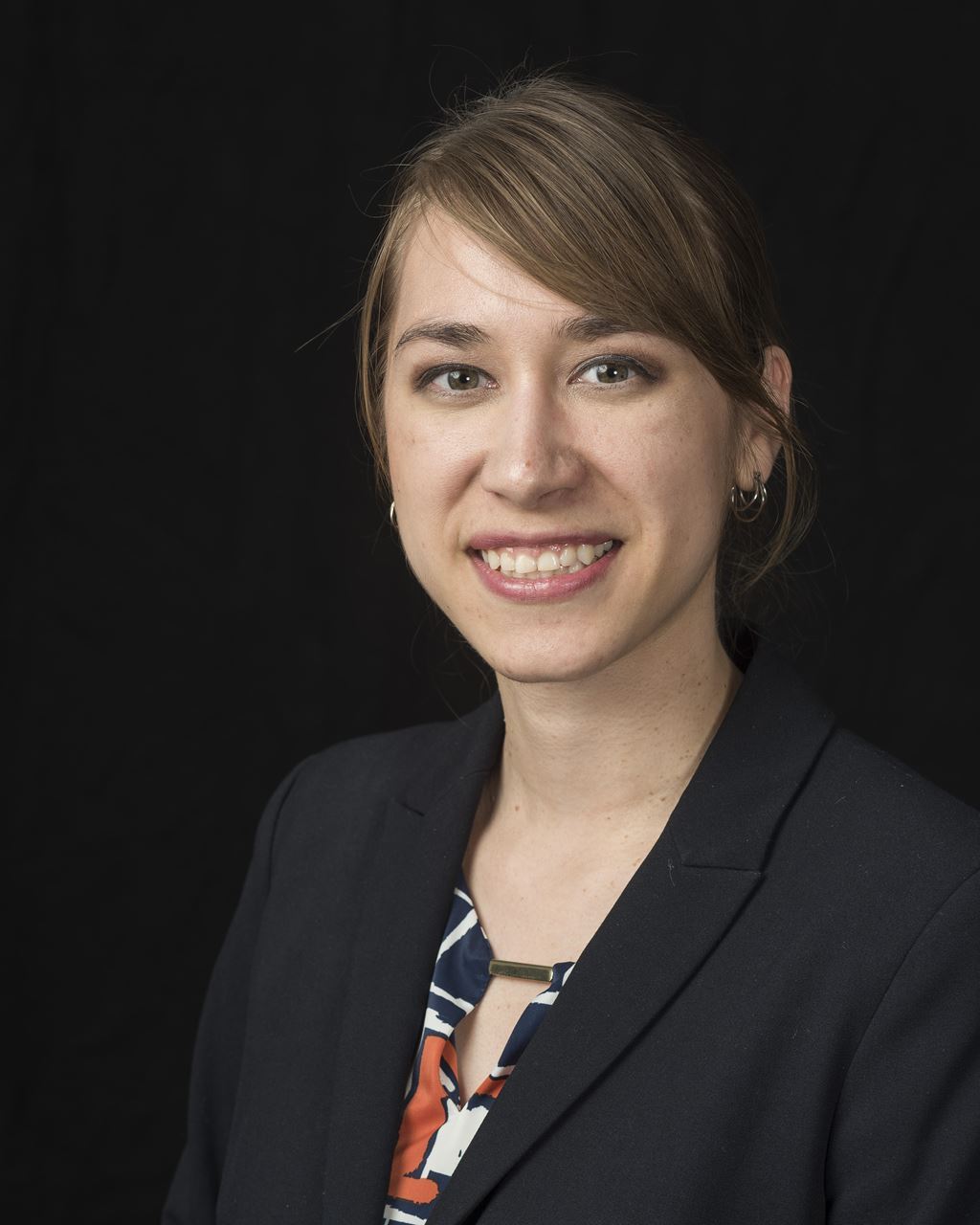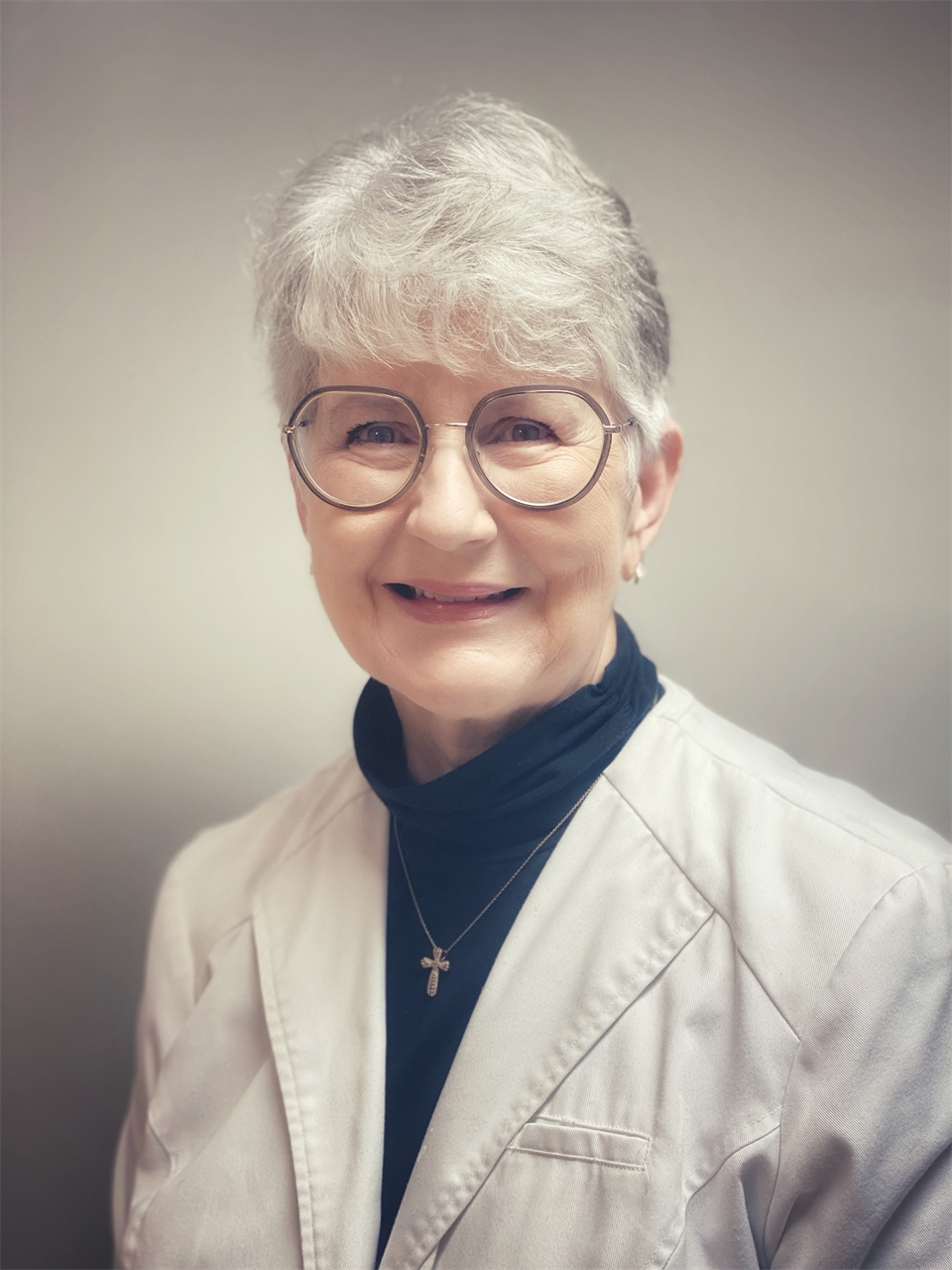- Home
- Antibiotic Awareness Week 2021 Inpatient & Outpatient Antimicrobial Stewardship
Inpatient & Outpatient Antimicrobial Stewardship |
Briefly describe your daily role as an antimicrobial stewardship pharmacistBethanne: My daily role as an antimicrobial stewardship pharmacist includes running the antimicrobial stewardship program teaching service, serving as a consultant for the infectious disease physicians, and developing and implementing institutional guidelines and clinical pathways. These activities range from providing individualized review of patients’ care and teaching others how to do so, sharing information found through deep-dives into the literature to weigh evidence-based risks and benefits, and collaborating with others to build new services in the health system. I am most passionate about the build of a program and its many initiatives which improve population health by driving system changes to promote wide-spread best patient care practices. Janet: My first daily task is to see what transpired after hours in my absence because Pharmacy services in this critical access hospital (CAH) are limited to 40 hours per week with on-call 24/7. These activities include thorough review of all hospital inpatients and what antimicrobials they are receiving, confirming that the patient needs an antibiotic and is getting the best possible choice for the situation. This is greatly facilitated by referencing our annual antibiogram or, for travelers to our area, comparing antibiograms from the state website and checking resources like the Antibiotic Guide from the University of Washington Tele-Antimicrobial Stewardship Program (TASP). As time goes on, following up on cultures and clinical progress is warranted to identify opportunities for de-escalation or discontinuation. With Surgery, I review the prophylactic antibiotic chosen pre-procedure and any continuation of antibiotics as an inpatient. We have an outpatient infusion service and I monitor those patients as well, often recommending this treatment option for inpatients who have a need for extended antimicrobial therapy. Most important, I encourage involving the patient in their own care, especially with the Emergency Department providers. When there are questions or recommendations about patient care, I go directly to the provider in what someone cleverly termed “handshake stewardship.” In our tiny town, this is more effective than tracking and reporting individual prescribing, which is important, but with our small numbers it still means individual interventions. This is all coordinated with our Infection Preventionist who keeps a spreadsheet on each patient and reports in CDC’s National Healthcare Safety Network (NHSN) directly through our electronic health record. Every day there is work on protocols like prevention of Clostridioides difficile infection (CDI) or treatment of infectious diseases like sepsis. I educate staff and learn from them as well, giving updates at meetings. What stewardship initiative or antibiotic awareness effort are you most proud of that you have participated in or led?Bethanne: My current initiative in developing an antibiotic allergy pathway is my most cherished endeavor. As it falls in line with the first best practiced outline in the CDC’s Be Antibiotics Aware Best Practices list, I believe it is the first step to reducing antimicrobial resistance. I have seen avoidance of penicillins lead to use of broader-spectrum, more toxic antimicrobial agents causing adverse events, sub-optimal therapy leading recurrence in infections, and need to use costlier agents that burn a whole in the patient’s (and our own) pockets. Through the development of this initiative, it warmed my heart to find equally passionate champions in unexpected areas of healthcare, including the Obstetrics Gynecology department who jumped at the opportunity to build a penicillin skin testing program for their maternity patients so they can safely administer penicillins during urgent pregnancy situations. The entire scope of building an antibiotic management program is intense, but my dream is to implement it into an antimicrobial stewardship program, and I am excited to be able to do this for the County of Santa Clara Health System. Janet: In 2016, the CEO asked me to lead the Antimicrobial Stewardship Program at our hospital. The team was assembled and included the Chief of Staff, Chief Medical Officer, the Chief of Surgery, our hospitalist, the Chief Nursing Officer, Director of Patient Safety and Quality, as well as our Infection Prevention Nurse. The surgeon suggested an “Antimicrobial Stewardship Moment” at every meeting to educate and emphasize the importance of this initiative. I did just that at every med staff meeting, hospital committee meeting, department head meeting, clinic meetings, some individual departments, and the monthly meetings of the Board of Commissioners. Another team member and I wrote a primer for mandatory education of our providers and obtained CME credits through the Washington State Medical Commission. The hospital annual education for employees included a module we wrote on antimicrobial stewardship for every staff member to know about infection prevention from the perspective of prevention (hand hygiene and vaccinations) and treatment with antibiotics or no antibiotics for colds and flu. We started communications quickly and seriously, but with themes and humor, and within six months rolled out our efforts into regular committee functions to avoid team fatigue. Our accomplishments have been amazing over the years and were realized by much appreciated teamwork. We experienced many firsts with the care and concern of some very talented people: we were the first site visit for the UW TASP team; we were the first CAH in the United States to report AMS in NHSN; and we were the first CAH in the US to achieve certification in Managing Infection Risk (MIR) through DNV Healthcare. I shared our journey at a Washington State Hospital Association safe table; this organization has been very important in our reporting and tracking of AMS here. What I am also very proud of is where acknowledgement of the team’s efforts are relayed back to us. One Emergency Department provider told us when he discharged a patient with an unclear viral vs bacterial case, he told the patient to hold onto the antibiotic prescription for a couple of days and only fill it if they didn’t improve in a couple of days. First, I was impressed that he implemented “wait and see” stewardship, and second, that he shared his strategy with us! What does "Being Antibiotics Aware" mean to you?Bethanne: To me, “Being Antibiotics Aware” means to know when to use antibiotics, but also when alternative management strategies are the cornerstone to helping our patients. Many times over, the common theme that comes up is “source control” which makes so much more sense to how patient’s clinically improve compared to adding on an antibiotic “for good measure.” Antibiotics are powerful tools but knowing when to use them makes you the master of these tools. Being aware of antibiotic allergies is also another example of practicing awareness. Knowledge of immunology and biochemical structures and how they tie into allergic responses are foundational concepts which debunk the fear of antibiotic allergies and cross reactivity and can greatly reduce our use of alternative, less favorable antibiotics. Spending the time to learn these concepts can change the course of a patient’s infectious diseases management. That is “Being Antibiotics Aware.” Janet: Antimicrobials are life-saving drugs but not without risk. We work with providers and patients to be sure they know as much as possible about the use and abuse of all antimicrobials. The CDC AAW toolkit addresses this very well for providers as well as patients and families. This helps the providers address patients who are adamant about needing an antibiotic and allows them an educational moment with the patient to provide tools for dealing with a viral infection, for example, without antibiotics. We provided handouts for different diagnoses like colds and flu, sinus and ear infections, and bronchitis management. With COVID-19, opportunities for education have even included a comparison of viral symptoms with the freakishly similar symptoms of overdose from ivermectin. This posed the question, did the patient present with COVID-19 symptoms or with adverse effects from self-medicating with animal medicine from the local feed store, whose supply was completely bought out? What is one pearl you have for all pharmacists to help them be antibiotic stewards?Bethanne: Antimicrobial stewardship often gets a reputation of “policing” antibiotics. From this mindset, it can be daunting to approach a provider with a conflicting opinion regarding antimicrobial management for a patient. The power of being an antimicrobial steward is not to say “no to antibiotics” but rather to know the ins/outs of antibiotics and how they impact the patient’s care holistically, from optimal agents for treating infections to knowing mechanisms of resistance that you can avoid triggering by choosing alternative, equally effective antibiotics. Once these nuggets of knowledge are learned, you become a powerful resource to physicians, and they appreciate your implementation of bread and butter stewardship practices like de-escalation. Janet: Lead the charge with education for all healthcare workers and staff, communicate progress and challenges through committees, develop protocols to provide a better standard of treatment, and partner with providers and nurses to involve patients and the community in their own care. Most importantly, manage antimicrobial stewardship for every patient, every time. | Bethanne Carpenter, PharmD, BCPS, BCIDP
Infectious Diseases Pharmacist Specialist County of Santa Clara Health System Janet E Schade, MS,RPh
Director of Pharmacy Forks Community Hospital Forks, Washington |


